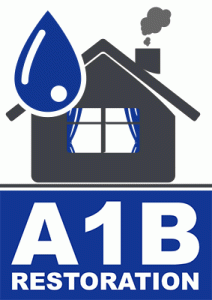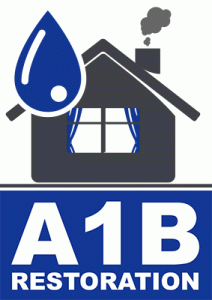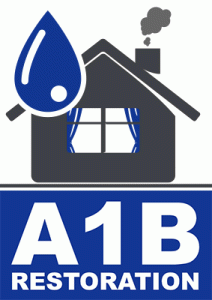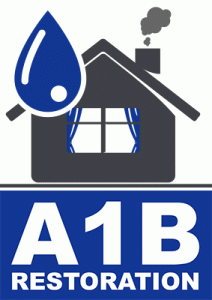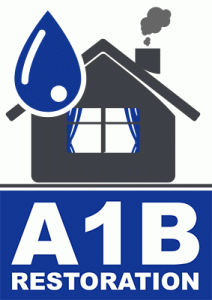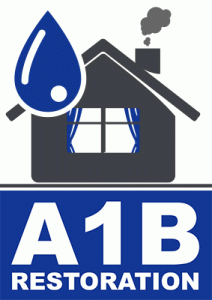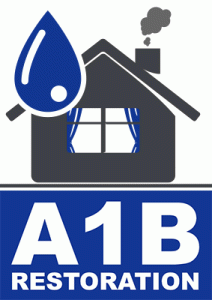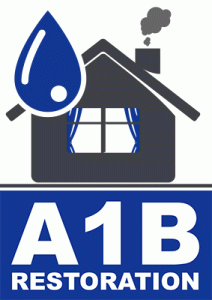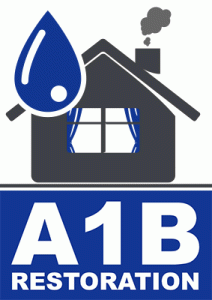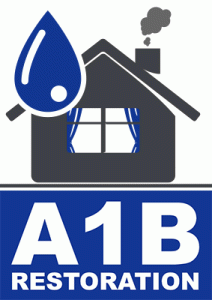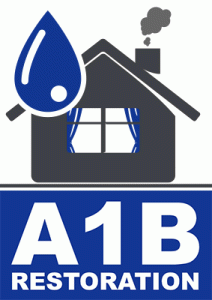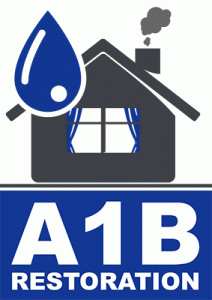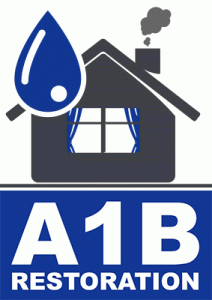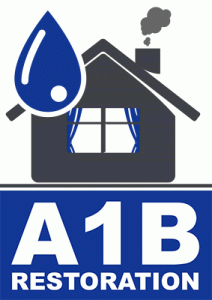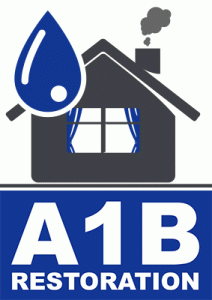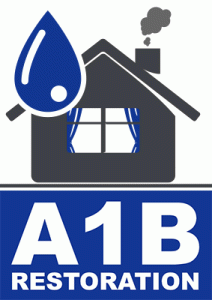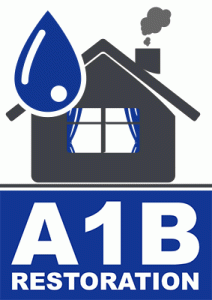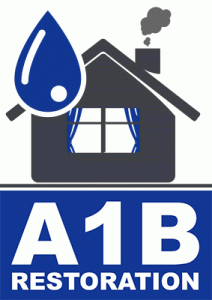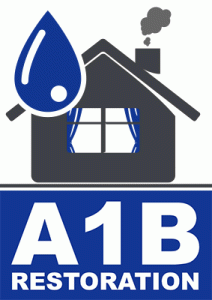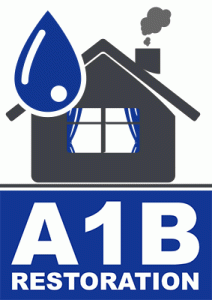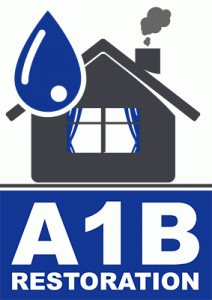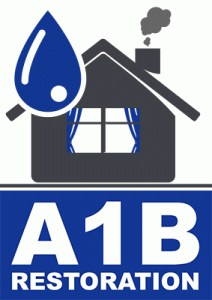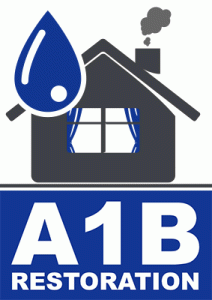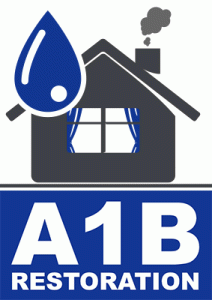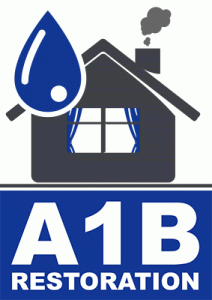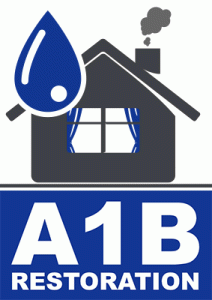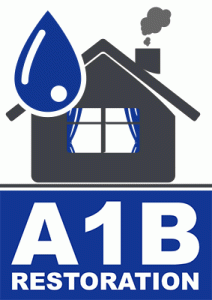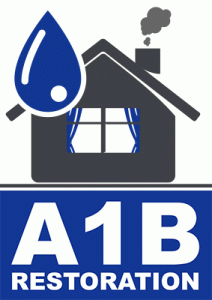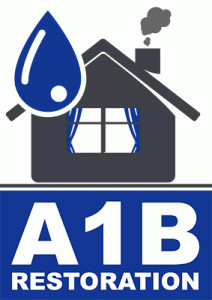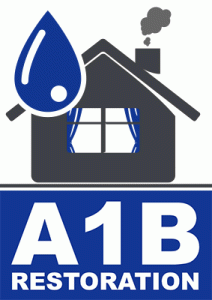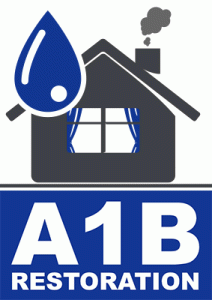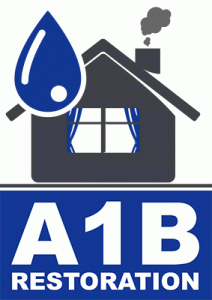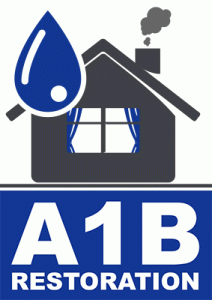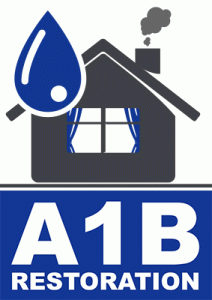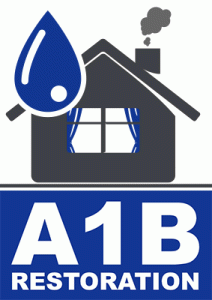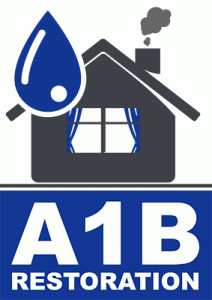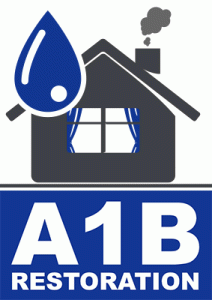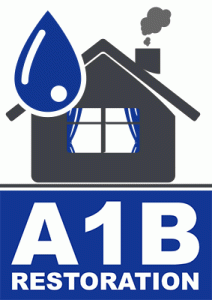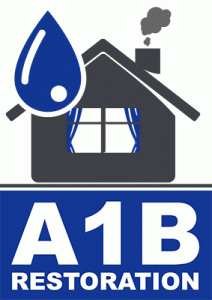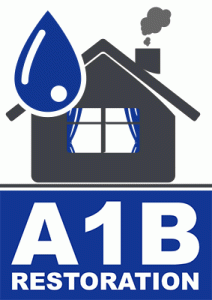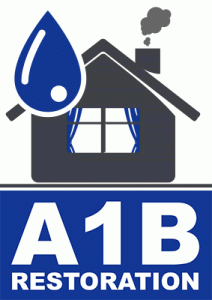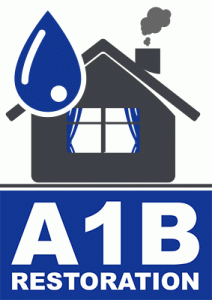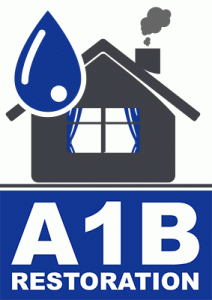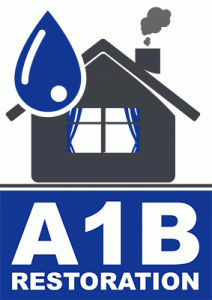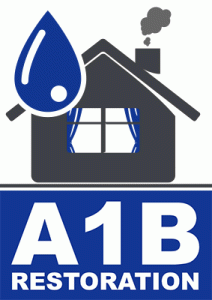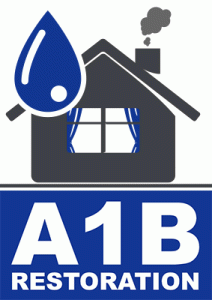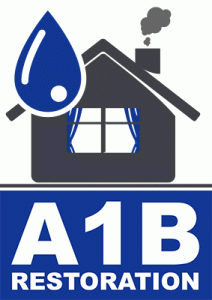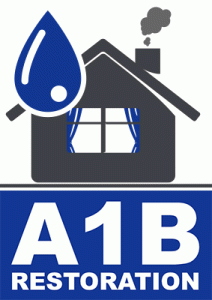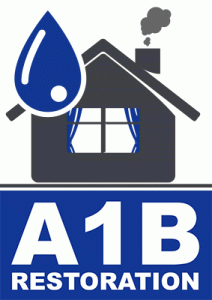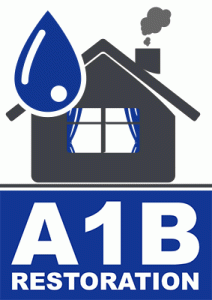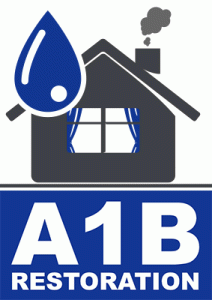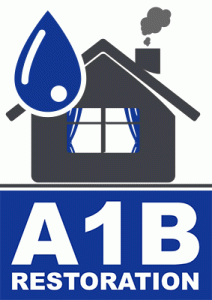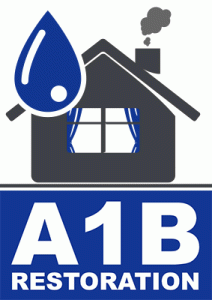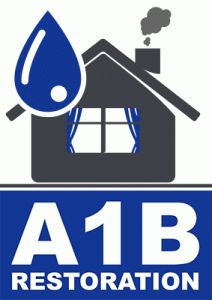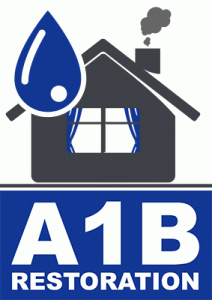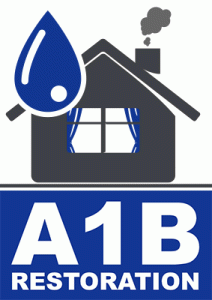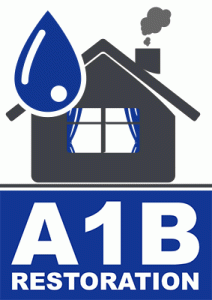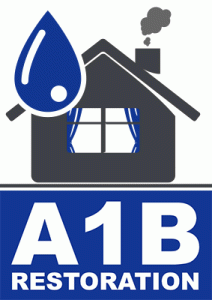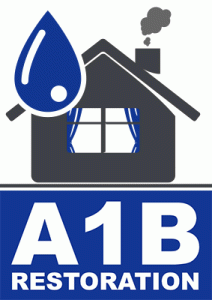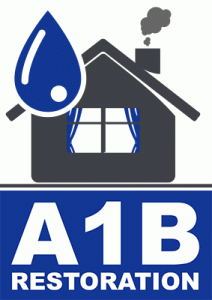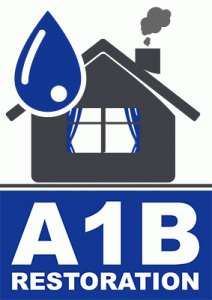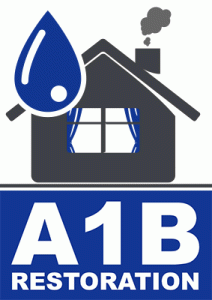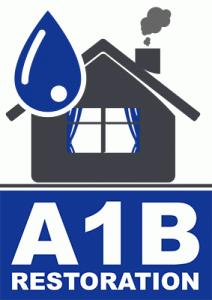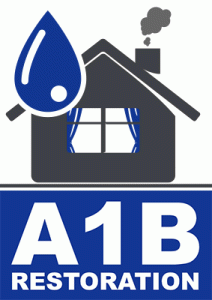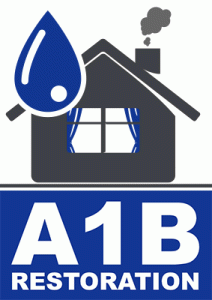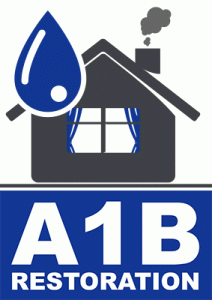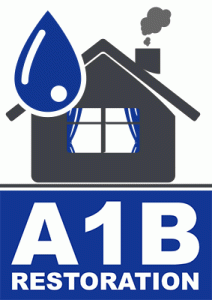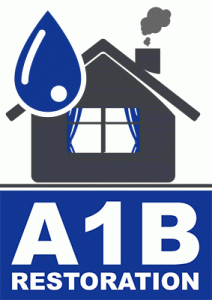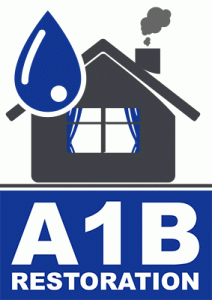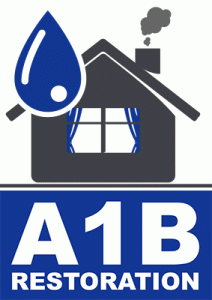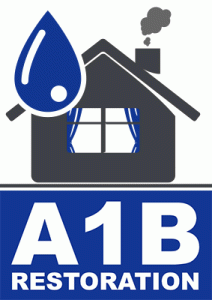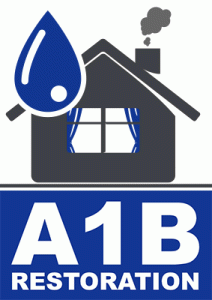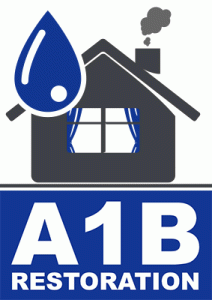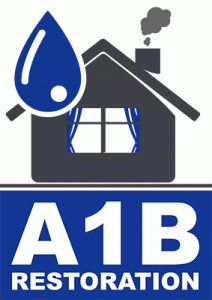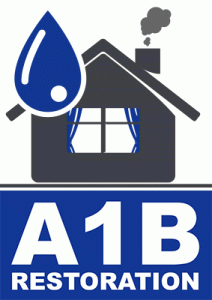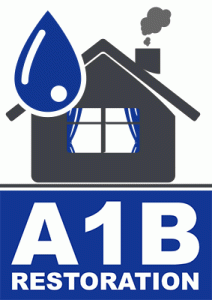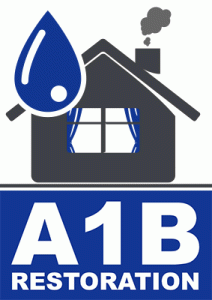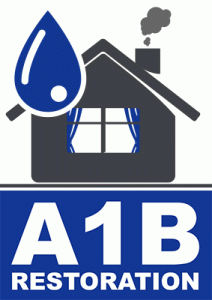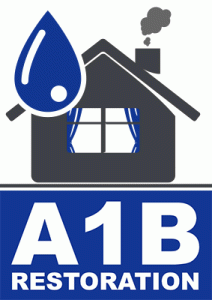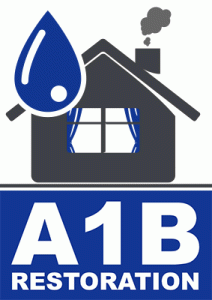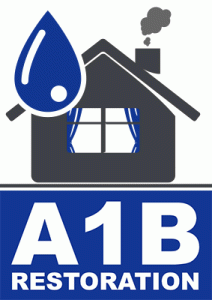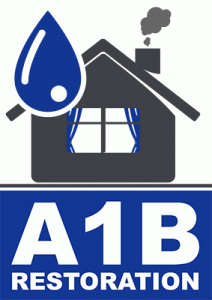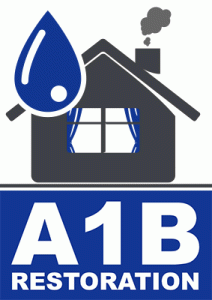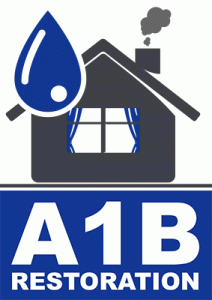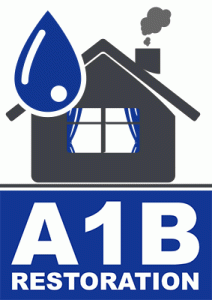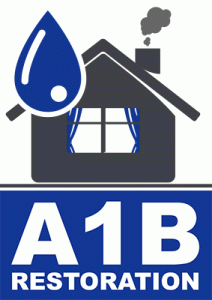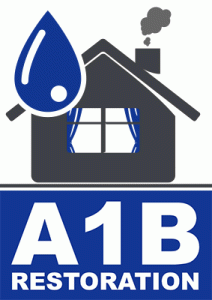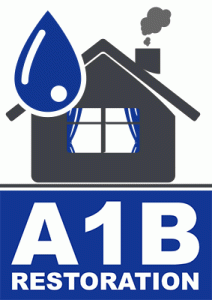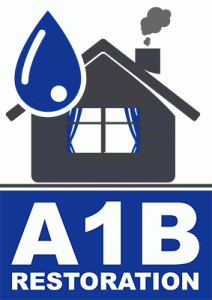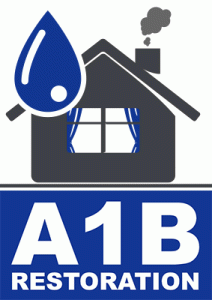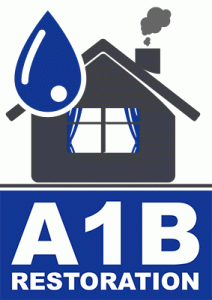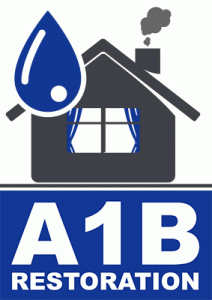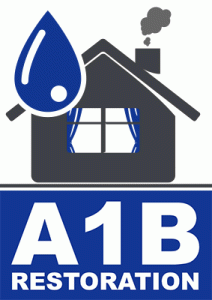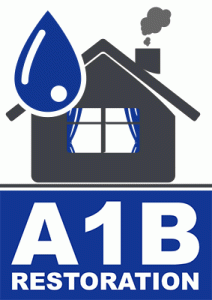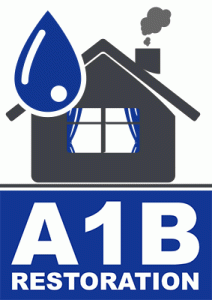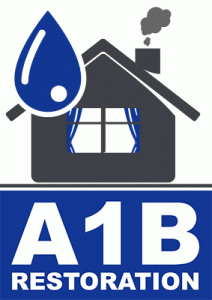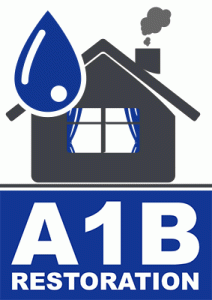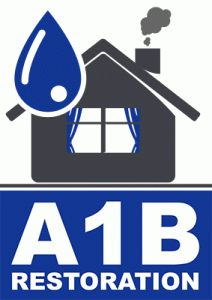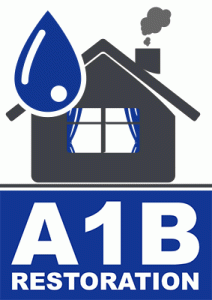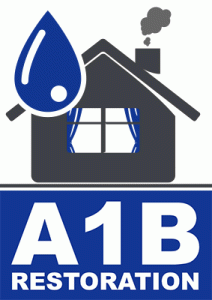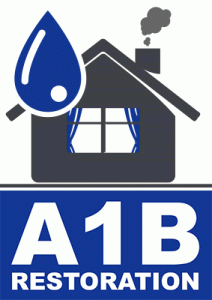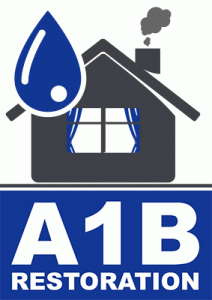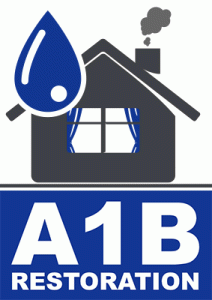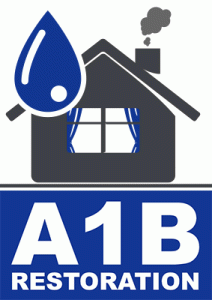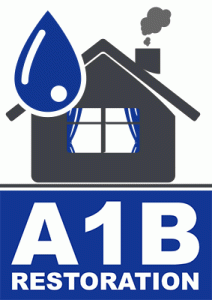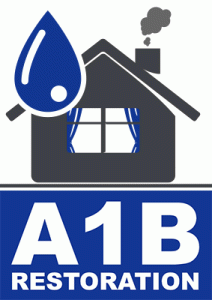The Role of Water Damage Restoration in Building Safety
Water damage can be a silent threat to the structural integrity and safety of any building. Whether caused by natural disasters, plumbing failures, or unforeseen accidents, the impact of water infiltration can be both immediate and long-lasting. This blog post explores the critical role of water damage restoration in maintaining and enhancing building safety. We will delve into the processes involved, highlight its importance, and offer actionable tips to prevent water damage.
Understanding Water Damage: The Silent Intruder
Water damage is not always as obvious as a flooded basement or a leaky roof. Often, it manifests in subtle ways, such as damp walls, musty odors, or peeling paint. According to the Insurance Information Institute, water damage accounts for approximately 29% of homeowner insurance claims, underscoring its prevalence and potential for costly repairs.
Types of Water Damage
Water damage can be classified into three main categories:
- Category 1: Clean water from sources like broken pipes or overflowing sinks. Though initially harmless, if left untreated, it can escalate to more severe damage.
- Category 2: Grey water, which includes wastewater from appliances or showers. It contains contaminants that pose health risks.
- Category 3: Black water, typically from sewage or flooding from rivers. It is highly contaminated and requires immediate professional intervention.
The Impact of Water Damage on Building Safety
Water damage has far-reaching implications for the safety of buildings. It not only affects the structure but also poses health risks to occupants.
Structural Compromise
When water infiltrates the structure of a building, it can weaken critical components such as beams, walls, and foundations. Over time, this can lead to severe structural failures. According to a study by the National Institute of Standards and Technology (NIST), moisture-related issues are a leading cause of structural damage in buildings.
Mold Growth and Health Hazards
One of the most insidious effects of water damage is the growth of mold. Mold thrives in damp environments and can spread rapidly, leading to respiratory issues, allergies, and other health concerns. The Centers for Disease Control and Prevention (CDC) warns that exposure to mold can exacerbate asthma and cause serious health problems, particularly for those with compromised immune systems.
Electrical and Fire Hazards
Water and electricity are a dangerous combination. Water infiltration can damage electrical systems, leading to short circuits and increasing the risk of fires. Ensuring that electrical systems are inspected and repaired promptly after water damage is crucial for preventing potential disasters.
The Water Damage Restoration Process
Effective water damage restoration is a multi-step process that involves assessment, removal, drying, and repair. Engaging professionals can ensure that the process is thorough and efficient.
Assessment and Inspection
The first step in water damage restoration is a comprehensive assessment to determine the extent of the damage. Professionals use advanced tools such as moisture meters and infrared cameras to identify hidden water pockets and areas at risk of mold growth.
Water Removal and Extraction
Once the assessment is complete, the next step is to remove standing water. Industrial-grade pumps and vacuums are used to extract large volumes of water efficiently. Time is of the essence, as prolonged exposure can lead to more severe damage.
Drying and Dehumidification
After the bulk of the water is removed, drying and dehumidification are critical to eliminate residual moisture. High-speed air movers and dehumidifiers are employed to dry affected areas thoroughly, preventing mold growth and further structural damage.
Cleaning and Sanitizing
Cleaning and sanitizing are essential to remove any contaminants and pathogens that may have been introduced by the water. This step is particularly important for Category 2 and 3 water damage scenarios. Professionals use specialized cleaning agents to ensure the area is safe for occupancy.
Restoration and Repair
The final step involves restoring the building to its pre-damage condition. This may include replacing drywall, flooring, and other structural components. In some cases, it may also involve remodeling to enhance the building’s resilience against future water damage.
Preventing Water Damage: Actionable Tips
Proactive measures can significantly reduce the risk of water damage and protect building safety. Here are some actionable tips:
Regular Maintenance
Regularly inspect plumbing systems, roofs, and gutters for signs of wear and tear. Addressing minor issues promptly can prevent them from escalating into major water damage problems.
Install Water Detection Devices
Water detection devices can alert you to leaks or flooding early, allowing for quick intervention. Consider installing these devices in vulnerable areas such as basements, kitchens, and bathrooms.
Ensure Proper Drainage
Ensure that the property has adequate drainage systems to direct water away from the foundation. This can prevent water from pooling and seeping into the building.
Seal and Waterproof
Apply sealants and waterproof coatings to vulnerable areas like basements and foundations. This can provide an additional layer of protection against water infiltration.
Conclusion: Safeguarding the Future
Water damage restoration plays a pivotal role in building safety by addressing and mitigating the impact of water infiltration. By understanding the risks and implementing preventive measures, property owners can protect their investments and ensure a safe living or working environment. Remember, when it comes to water damage, early intervention is key to minimizing damage and safeguarding the future.
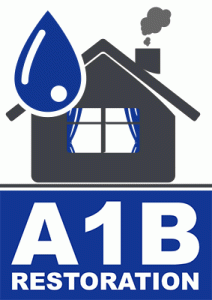
emergency water clean up Preston Hollow Dallas Texas
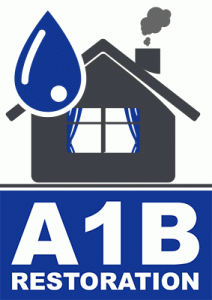
Lake Dallas TX water damage restoration services
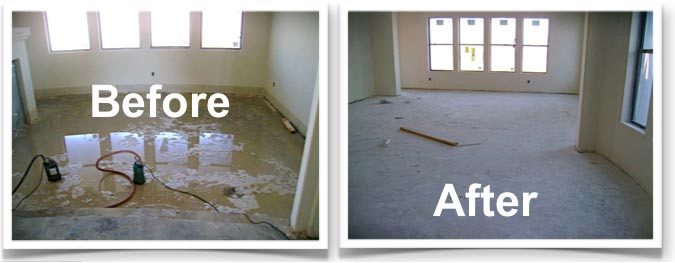
Water Damage Restoration
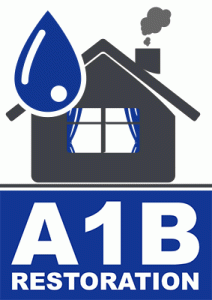
Euless TX water damage restoration companies near me
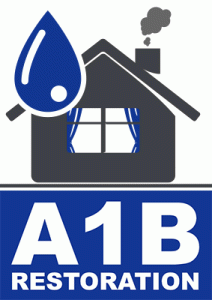
Lavon Texas water damage restoration service near me
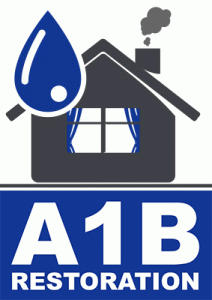
Highland Park Texas water damage restoration service near me
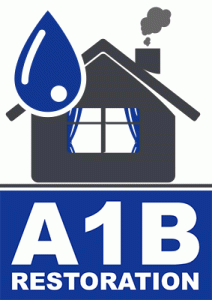
residential water damage restoration Bedford Texas
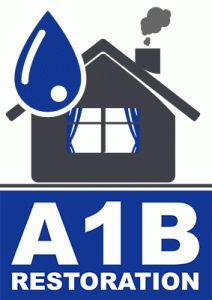
Lakewood Dallas Texas disaster restoration companies
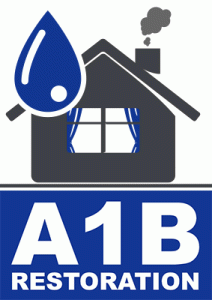
Fairview Texas restoration water damage companies
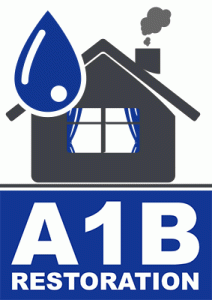
Arlington Texas water damage restoration service near me
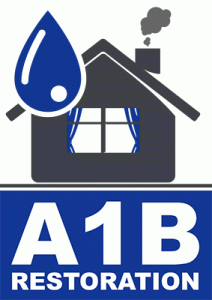
Lake Highlands Dallas Texas water damage companies
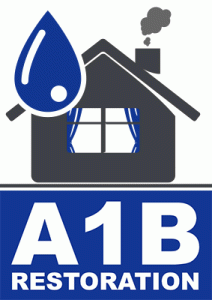
Lakewood Dallas Texas water damage restoration near me
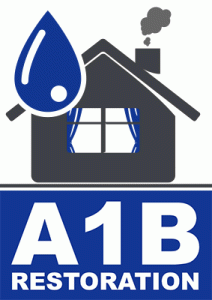
Allen Texas water damage restoration service near me
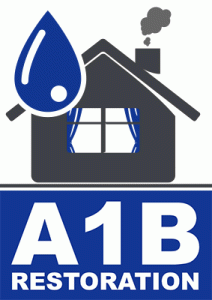
Lake Highlands Dallas Texas water remediation company

Lakewood Dallas Texas disaster restoration companies
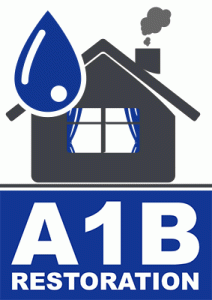
Lake Dallas Texas water extraction company near me
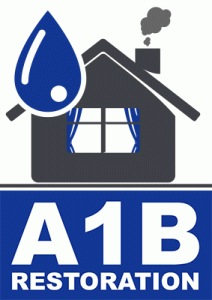
Fate Texas water damage restoration service near me
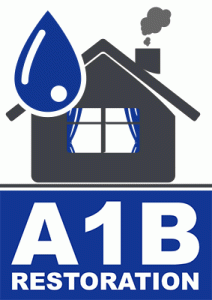
Frisco TX water damage restoration companies near me
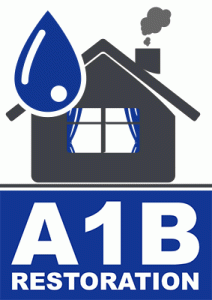
Royse City TX water damage restoration companies
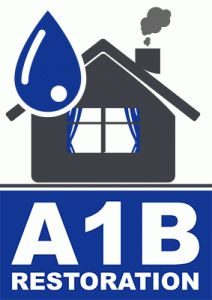
McKinney TX water damage restoration companies near me
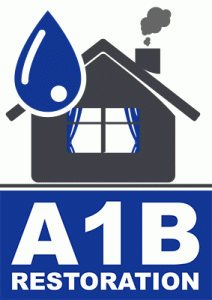
Haltom City TX water damage restoration services
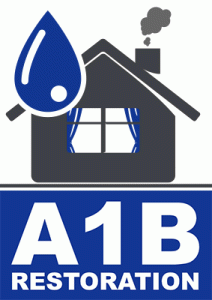
Duncanville TX water damage restoration services
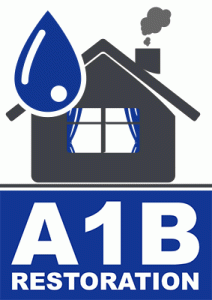
Coppell TX water damage restoration companies near me
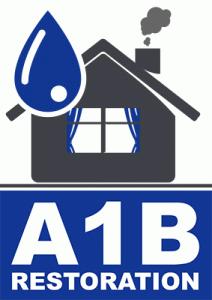
Lakewood Dallas TX water damage restoration company
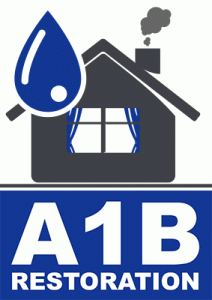
restoration of water damage Lakewood Dallas Texas
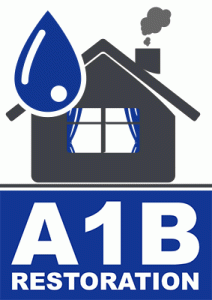
water damage companies near me Highland Park Texas
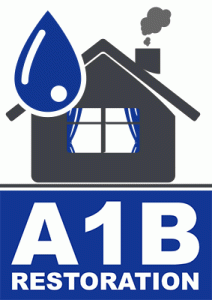
best water damage restoration near me Cedar Hill Texas
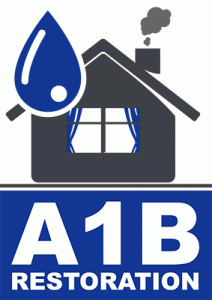
residential water damage restoration Carrollton Texas
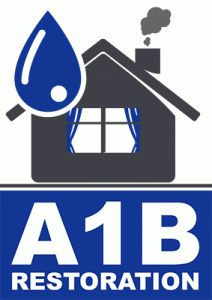
water damage and restoration companies Roanoke Texas
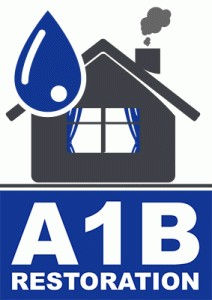
water damage and restoration companies Carrollton Texas
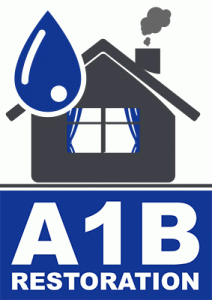
restoration company water damage Lewisville Texas
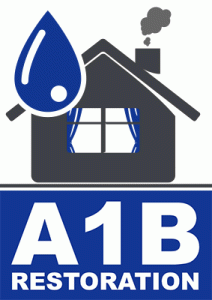
water damage restoration services near me North Richland Hills Texas
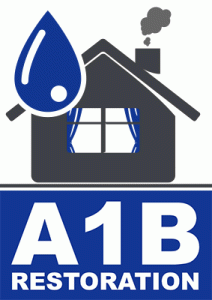
water damage restoration services near me Lake Highlands Dallas Texas
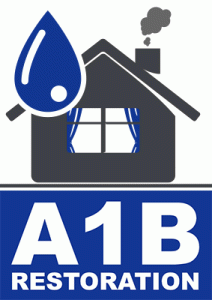
water damage restoration services near me Lavon Texas
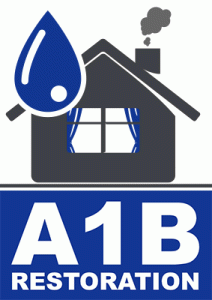
water damage cleanup companies Highland Park Texas
